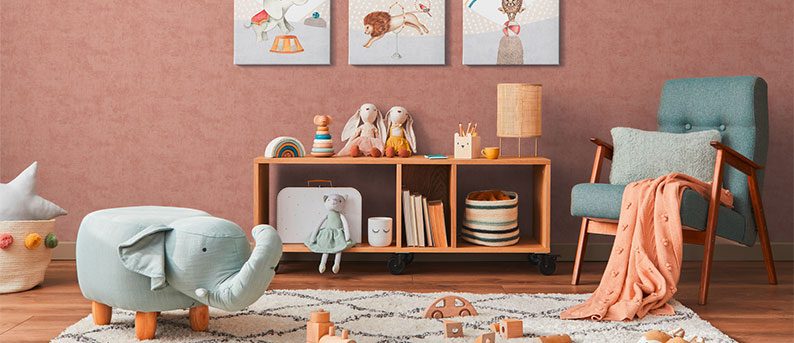Spatial effect - wallpaper changes rooms
The whole room can be changed by a wall design. You can choose your own patterns and colors according to your taste. Colors and a wide variety of patterns are currently in vogue. But with such a large selection, the choice is rarely easy. If you take a close look at your apartment, you can not only beautify your room with patterns and colors, but also influence unfavorable floor plans, room heights and lighting conditions.
In this way, it is possible to use wallpaper and colors to make your rooms homely but also to change them visually. Our perception of space goes back a long way into the past and is still influenced and determined by people's earlier experience of nature. The sky above us is bright and the ground beneath our feet is dark. If a room is rather large and flooded with light, we feel insecure, lost but also free. In dark rooms, on the other hand, we feel cramped, but also sheltered and protected. The order in which we perceive the room also corresponds to our basic instinct: First we look at the floor to test whether it is stable. Then we look around and perceive the entire environment, seek eye contact and gather information.
As soon as orientation becomes "boring", only then does the ceiling come into our field of vision. The room design influences this visual sequence: floor-wall-ceiling. For example, if there is a wall with strong wall colors or unusual patterns, you first pay attention to the wall instead of the floor. In addition to controlling your gaze and movement, you can also influence the overall impression. For example, you can easily cover up architectural inconsistencies and small defects.





